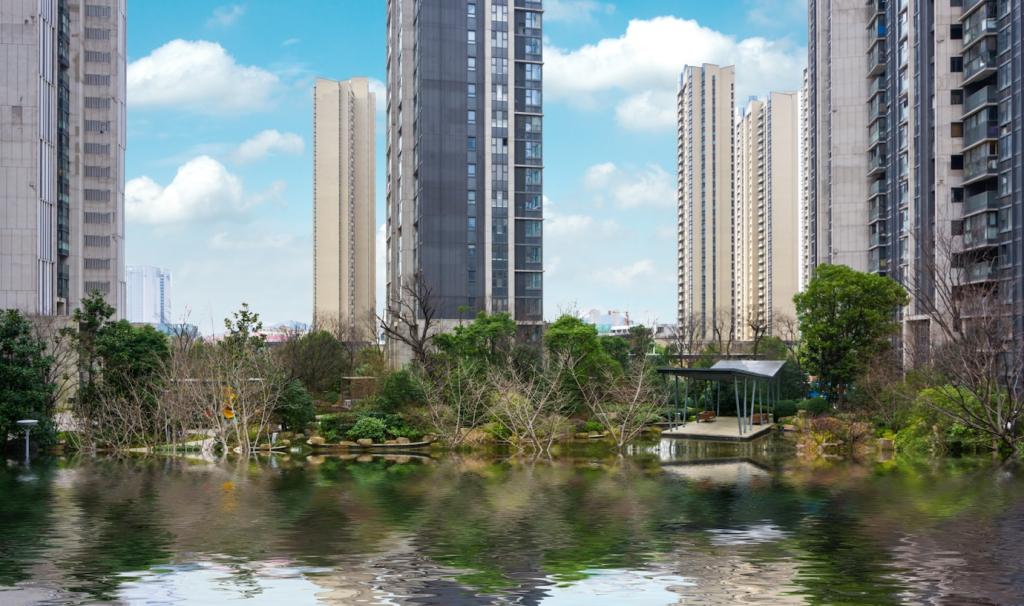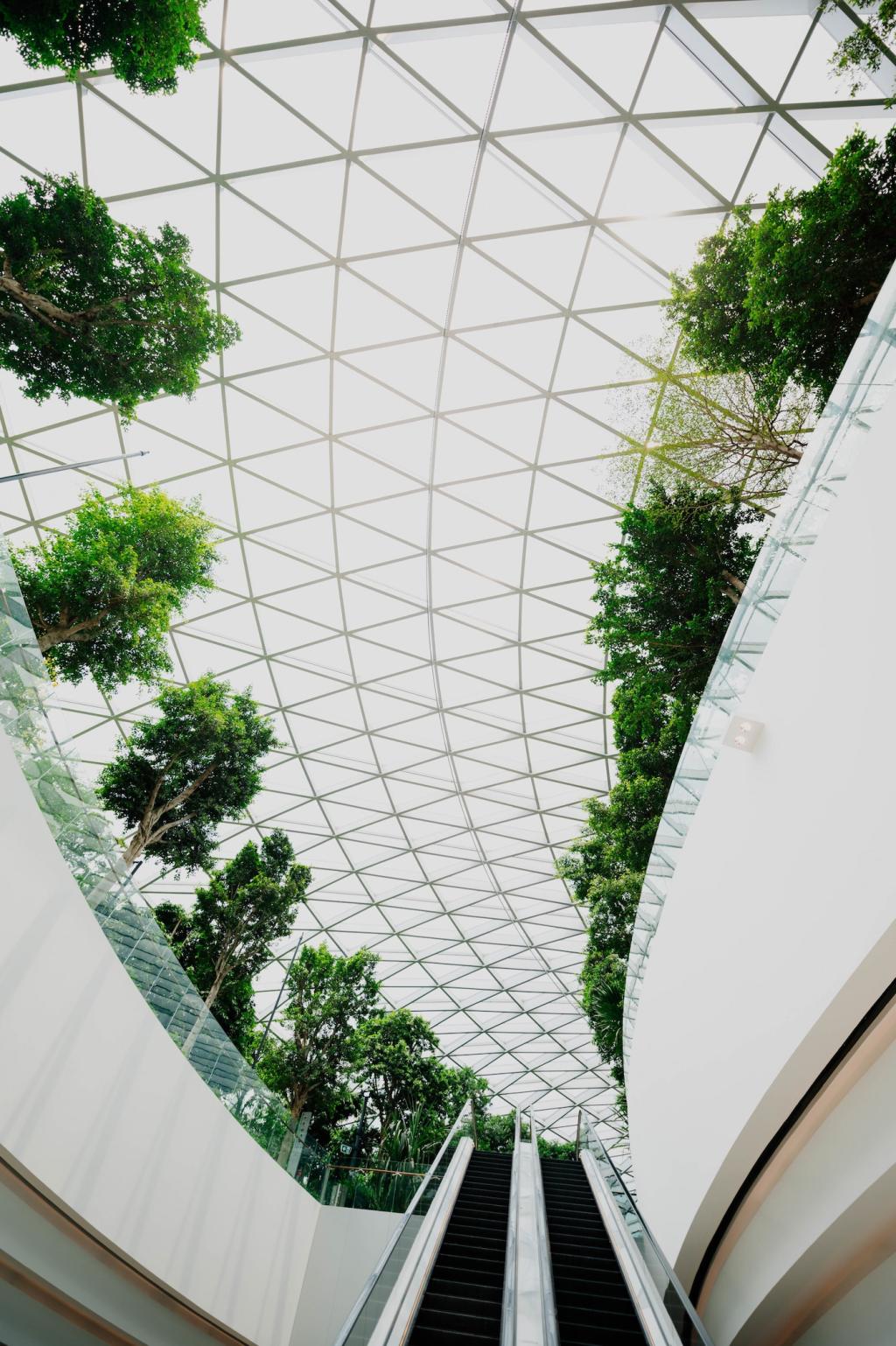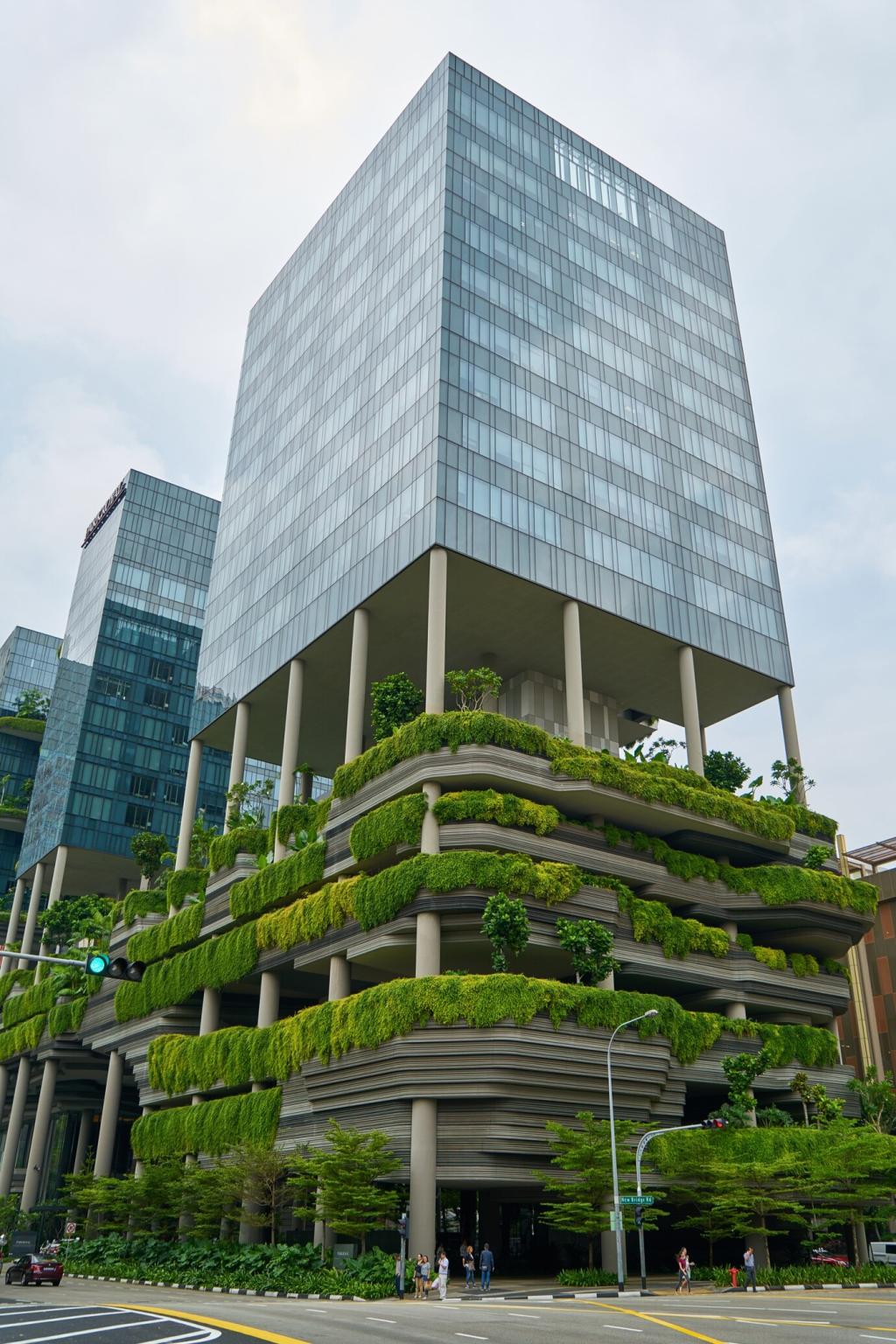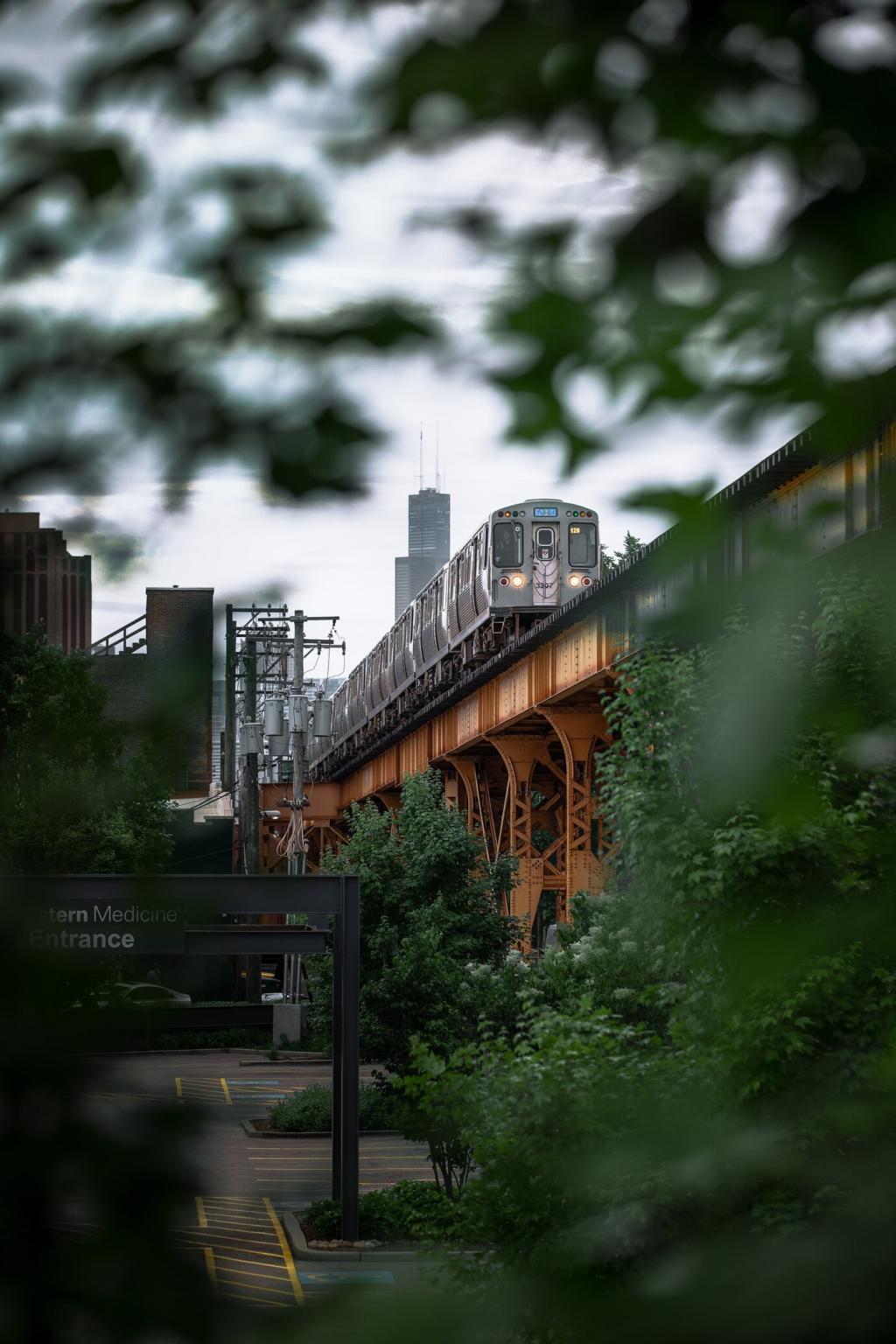Designing Vertical Gardens for Urban Aesthetic Enhancement
Vertical gardens, often referred to as living walls, have emerged as innovative solutions to the challenges of urban living. These structures not only introduce verdant elegance into metropolitan environments but also address pressing issues such as air quality, noise pollution, and limited green space. By thoughtfully integrating plants into urban architecture, vertical gardens are reshaping cityscapes, fostering well-being, and redefining the aesthetic norms of our built environment.


A Solution to Space Constraints
Urban environments are often defined by their limited ground space, making horizontal gardens increasingly impractical. Vertical gardens offer a compelling remedy by utilizing vertical surfaces, turning otherwise unused walls into vibrant, living ecosystems. This approach enables city dwellers and designers to maintain a crucial connection with nature, even in the heart of the most densely populated neighborhoods.

Enhancing Urban Identity and Community Pride
The aesthetic contribution of vertical gardens extends beyond individual satisfaction; it shapes collective urban identity. When community buildings, commercial centers, and public spaces embrace these installations, they become landmarks of sustainable design and local pride. The transformation of dull walls into lush canvases can invigorate neighborhoods, foster a sense of ownership among residents, and invite greater civic engagement.
Principles of Effective Vertical Garden Design
Harmonizing with Architecture
A truly effective vertical garden complements the building and surrounding architecture rather than overpowering it. Designers must consider the scale, materials, and color palette of both the wall and the garden. Strategic plant arrangement and thoughtful framing can highlight architectural features, soften hard edges, and encourage visual cohesion between the natural and built environments.
Selecting Suitable Plant Species
Plant selection is critical for the long-term success of a vertical garden. Factors such as light exposure, wind conditions, local climate, and maintenance capacity must inform every choice. Designers should strive for a diverse mix of species that offer year-round interest, resilience against urban stressors, and compatibility with one another to promote healthy growth and sustained beauty.
Prioritizing Sustainability and Maintenance
A vertical garden is a living system that relies on careful planning for irrigation, nutrition, and ongoing care. Incorporating sustainable practices, such as efficient water use, organic fertilizers, and eco-friendly materials strengthens the environmental credentials of the installation. Moreover, maintenance considerations—from pruning schedules to pest management—must be addressed to ensure the garden thrives and continues to enhance its urban setting.
Urban Aesthetic Enhancement through Living Walls
Creating a Dynamic Visual Experience
Unlike static architectural finishes, vertical gardens provide a constantly evolving display of color, texture, and movement. The interplay of light and shadow across varied foliage brings vitality to city streetscapes, while seasonal plant changes offer an ongoing visual narrative. Such dynamism captivates passersby, encourages public interaction, and can make the ordinary extraordinary.
Integrating Artistic and Cultural Elements
Designers can imbue vertical gardens with motifs and patterns that reflect local culture, history, or contemporary themes. The use of native plants, symbolic color schemes, or distinct planting arrangements can transform a living wall into a work of public art. In this way, vertical gardens contribute to the cultural vibrancy of a city, making public spaces more engaging and meaningful.
Fostering Connection and Well-Being
Green walls are more than just pretty backdrops; they are catalysts for emotional and psychological well-being. Research shows that exposure to greenery reduces stress, boosts mood, and even enhances cognitive function. By bringing nature into direct contact with urban residents, vertical gardens promote health, happiness, and a sense of community belonging.

